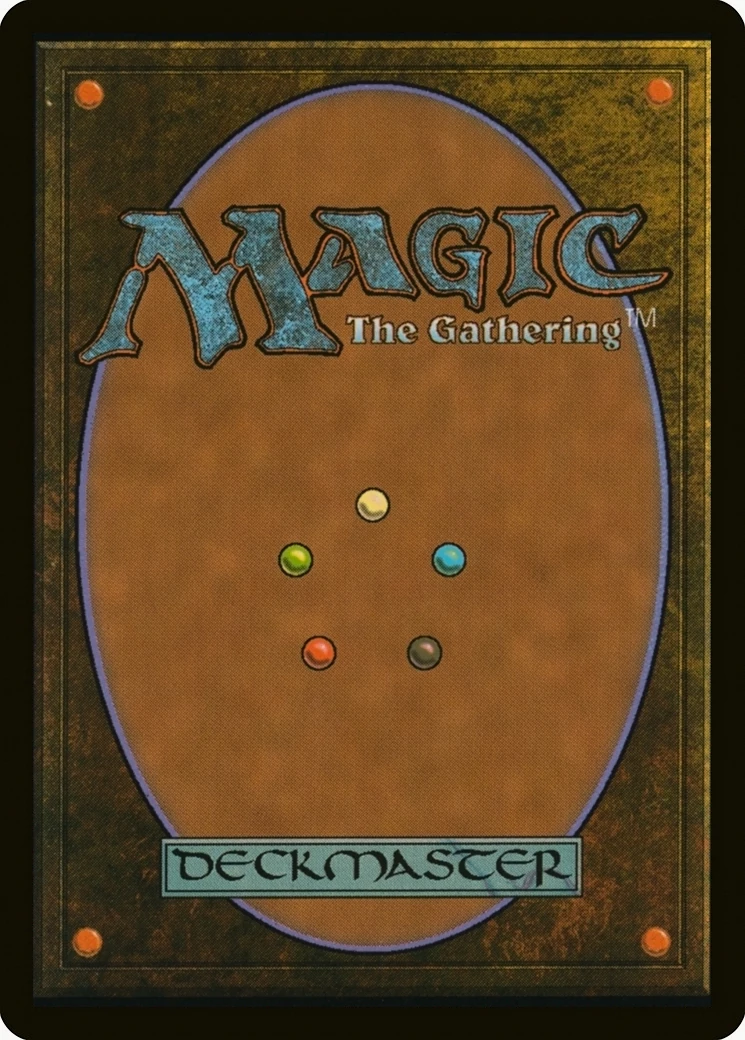Mesmerizing Strategies: Crafting A Magic: The Gathering Deck

Constructing your first Magic: The Gathering terrace can be an exhilarating but daunting experience. Since a newcomer in order to the regarding MTG, stepping into this kind of vast universe loaded with countless strategies, card combinations, plus deck archetypes may feel overwhelming. On the other hand, crafting your own deck is not really only a transitional phase with regard to any aspiring planeswalker, but it can easily also be incredibly rewarding. Whether an individual aim to earn spielchen with pals or aspire intended for success in more reasonably competitive settings, using a well-constructed deck is crucial to be able to enjoying this iconic card game.
In this particular greatest guide, you will walk you through the step-by-step process regarding building your 1st Magic: The Gathering deck from the beginning. buy magic singles will discover crucial tricks for constructing a new competitive deck, recognize the importance of mana, creatures, and even spells, and learn how to choose the right color combination that complements your playstyle. We will also address popular mistakes to stop and even strategies for weighing your deck successfully. By the finish of this guideline, you'll be outfitted with everything you need in order to create a spellbinding deck that shows your specific vision and helps you win games.
Key Principles of Deck Building
When making your first Magic: The Gathering terrace, one of the most important principles to grasp is the significance of dimana. Understanding how dimana works will let you to successfully play your spells and utilize your own resources. A well ballanced deck typically contains 40% lands, making sure you have the necessary mana to cast your credit cards. This foundational feature helps create the stable and performing deck where you could execute your strategy with no the frustration involving being mana-starved or perhaps overextended.
Another fundamental basic principle is the significance of synergy between your own cards. This means selecting cards that complement each other to be able to enhance your general strategy. For example, if your deck focuses on creature-based aggression, incorporating credit cards that boost beast attack power or perhaps provide additional electricity will help you dominate the board. The earning formula often fabrications in developing a cohesive theme or technique that ties your current deck together, enabling each card to contribute to your own end goal.
Lastly, playstyle has to be taken in to account when setting up your deck. Whether you prefer intense, controlling, or combo-oriented strategies, aligning your current card choices along with your preferred approach will result in a more enjoyable expertise. Understanding your playstyle ensures that every single game feels user-friendly and satisfying as you make choices that reflect your current desired gameplay. Since you progress in your Magic: The Gathering journey, continuously improvement these principles may lead to even more successful and gratifying deck building.
Choosing the Right Credit cards
Selecting the right cards is usually crucial to creating a successful Magic: The Gathering deck. Begin by identifying your win conditions, which are usually the key playing cards or strategies of which will help an individual achieve victory. This particular might be considered a powerful creature, a mix of means, or a special synergy that allows an individual to disrupt your current opponent while reaching your goals. Understanding what you want to be able to accomplish will guidebook you in picking cards that align with your overall strategy.
Next, consider the balance of your current deck. A well-rounded deck typically involves a mix regarding creatures, spells, and even lands. Aim for about 20 to 25 lands, twelve to 20 creatures, and a handful associated with spells that could give support, removal, or even card advantage. https://squareblogs.net/sushiliquid65/learning-the-art-associated-with-the-deck-your-own-ultimate-guide-to to examine how each card contributes to the game plan plus ensures an easy dimana curve. Each greeting card should enhance your deck's performance, so select wisely and keep your deck’s strategy in your mind.

Lastly, pay focus to the colour combination you pick. Different colors in Magic: The Gathering present unique strengths plus weaknesses. Whether you wish to create an accelerated, aggressive deck using red, a handle deck with azure, or possibly a midrange strategy with green, the card selection should reflect your picked colors. Research the best cards in those colors in addition to how they fit in into your overall technique. Getting familiar using essential cards throughout your chosen shade can enhance your current deck's effectiveness and create a more pleasant playing experience.
Testing and Refining Your Porch
Once you have built your Magic: The Gathering deck, the next critical step is testing that in actual gameplay situations. This permits you to see how your deck executes against various opposing team and strategies. Accumulate https://postheaven.net/dahliasingle77/from-novice-to-planeswalker-crafting-your-initial-magic-the-gathering-deck or join a regional game store function to place your porch to the evaluation. Focus on how often your cards do the job well together plus whether you are able to carry out your game strategy effectively.
After testing, acquire notes on just what worked and what didn’t. Identify any poor cards or strategies that didn’t skillet out not surprisingly. This particular honest evaluation can help you create informed decisions on adjustments. Consider the pace of the game, how swiftly you are able to accumulate mana, and your deck’s ability to respond to different risks. Use this comments as a foundation to refine your current deck further.
Finally, help to make the necessary changes and continue testing your revised deck. Deck building is usually an iterative process, and even little adjustments can significantly impact your efficiency. Try different credit card combinations, remove underperforming cards, and always keep experimenting and soon you think confident within your ultimate build. This continuing refinement process is crucial for developing decking that not necessarily only competes successfully but also lines up with your private playstyle and preferences.
